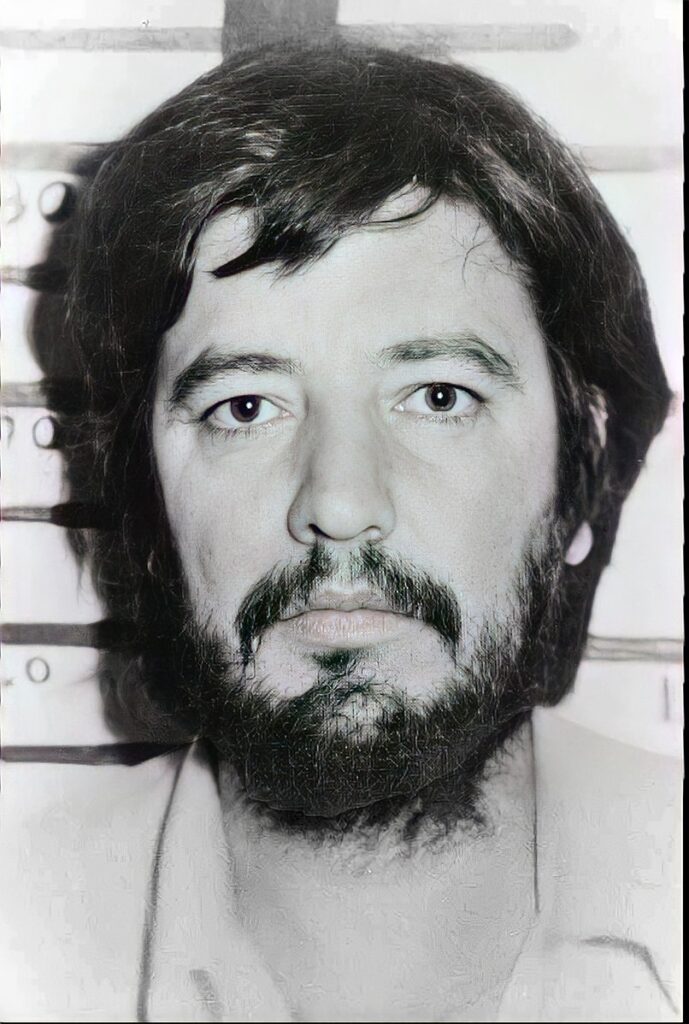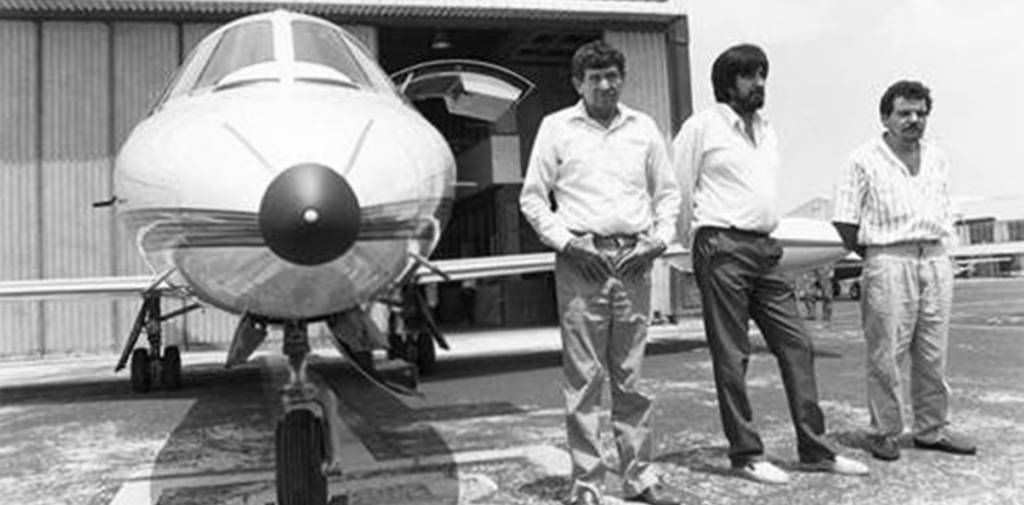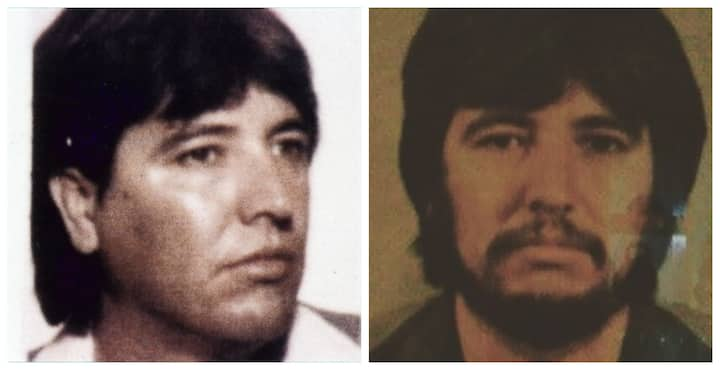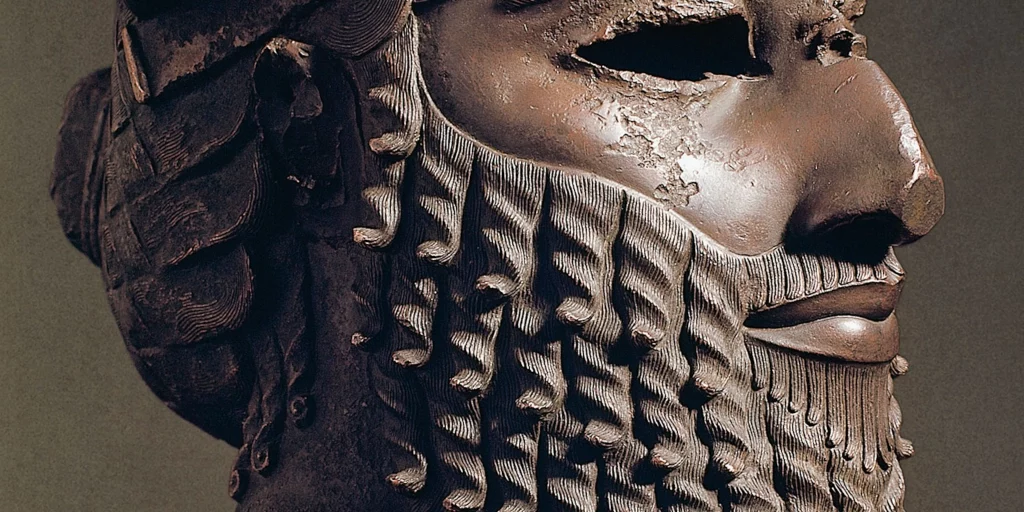Last updated on April 24th, 2024 at 11:45 pm
When we think of drug cartels a few names might spring to mind. Pablo Escobar, once the leader of the powerful Medellín Cartel, gained notoriety as one of the wealthiest and most influential drug lords in history, and Joaquín “El Chapo” Guzmán, the former leader of the Sinaloa Cartel.
One name that you may not be familiar with, but was just as influential, was Amado Carrillo Fuentes. Amado was a Mexican drug lord and leader of the Juárez Cartel who became a key figure in the Mexican drug trade during the late 1980s and early 1990s.
He amassed a fortune second to Pablo Escobar. He seized control of the Juárez Cartel after he assassinated his former boss and Cartel founder, Rafael Aguilar Guajardo, in 1993.
Under Carrillo Fuentes’ leadership, the cartel expanded its influence and became a powerful force in the Mexican drug trade. Nicknamed the “Lord of the Skies”, he is best known for his fleet of commercial airliners he used to transport cocaine from South America into the United States.
In this article, we will dive into the illicit world of drug cartels and how Amado Carrillo Fuentes left his mark as a powerful figure in the Juárez Cartel.

Early Life
Amado Carrillo Fuentes was born on December 17, 1956, in Guamuchilito, Sinaloa, Mexico. He came from a family that was already deeply involved in the drug trade.
His uncle, Ernesto Fonseca Carrillo, known as “Don Neto,” was the leader of the Guadalajara Cartel. Fuentes grew up in a region known for its connection to the drug trade, and from an early age, he became exposed to the dynamics of the industry.
By the time he was 12 years old he left school. His family moved to Chihuahua to be taken under the wing of his uncle Ernesto who was a top figure in the Juarez Cartel.
Over the next decade, Amado learned the ins and outs of the cocaine trade and quickly rose within the ranks. After the arrest of his uncle Ernesto for the murder of a DEA agent, the Guadalajara Cartel was divided into several smaller cartels to evade authorities.
The Juarez Cartel
The Juarez Cartel, one of Mexico’s most notorious criminal organizations, traces its origins back to the late 1970s. Founded in Ciudad Juarez, it initially focused on smuggling marijuana across the U.S.-Mexico border.
Under the leadership of Rafael Aguilar Guajardo, the Juarez Cartel dominated the Mexican drug trade in the 1970s and early 1980s.
The Guadalajara Cartel was the umbrella Cartel that ran many of the other Cartels in the region. It was instrumental in establishing the routes and connections that later evolved into the Juarez Cartel.
After the demise of the Guadalajara Cartel following the arrest of its leader Miguel Angel Felix Gallardo in 1989, the organization fragmented into various factions, including the Juarez Cartel.
Rise to Power
In 1993, Amado solidified his dominance by orchestrating the assassination of the leader of the Juarez Cartel, Rafael Aguilar Guajardo. He seized control of Aguilar’s Juarez cartel following his demise and was soon making a name for himself within the cartel world.
Amado took advantage of this power vacuum and rose rapidly through the ranks of the Juarez Cartel. His strategic vision and ruthlessness enabled the cartel to expand its operations, particularly in the trafficking of cocaine.
He began operating a fleet of small planes to smuggle cocaine from Colombia to the U.S.-Mexican border earning him the moniker “Lord of the Skies”. The cartel, under Amado’s leadership, grew into a formidable force, controlling key drug trafficking routes and engaging in violent turf wars with rival cartels.

As his notoriety grew he continued to maintain a deliberate low profile despite his escalating power and wealth. Described by the Washington Post as one of Mexico’s “most mysterious men,” Amado avoided public attention, steering clear of wild shootouts and extravagant parties.
Operating like a businessman, he kept a discreet presence, with minimal appearances in newspapers or on television.
Despite working from the shadows, Amado was still a drug lord to fear and respect. He amassed a fortune of $25 billion, second only to Pablo Escobar.
He ordered around 400 murders and engaged in brutal acts of torture that became synonymous with the Juarez Cartel. When urged by a priest to abandon his criminal life, Amado asserted his commitment to supporting thousands of families, portraying himself as a Robin Hood-like figure.
Keeping Politicians in His Pocket
All that drug trafficking is sure to draw unwanted attention from authorities. Luckily, corruption was rampant throughout the Mexican government and many of the South American countries.
Amado Carrillo Fuentes wielded significant influence over Mexican government officials through bribery. He ensured that they looked the other way on his illicit activities and focused on cracking down on his rivals.
He created a safe environment for his criminal empire to flourish while the politicians maintained an appearance of being anti-drug.
Amado’s reach extended to even Mexico’s top anti-drug official. However, his criminal activities eventually attracted the attention of law enforcement, leading to increased scrutiny and attempts to capture him. In 1997, a raid on his sister’s wedding nearly resulted in his capture.
Drastic Measures
The raid on his sister’s wedding made Amado realize that he had become too notorious. Paranoia set in and he began to crawl deeper into hiding. Fearing for his life, he took a drastic step to change his appearance.
On July 4, 1997, Amado underwent extensive plastic surgery at a private Mexico City clinic, aiming to alter his face and remove 3.5 gallons of fat from his body.
The procedure initially appeared successful. However, he was found dead in bed the following morning by a doctor doing rounds.

At 42 years old, Amado Carrillo Fuentes’ death was officially ruled a heart attack, as confirmed by the D.E.A. and the U.S. government. The announcement sparked shock and disbelief.
Conspiracy theories began to circulate that Amado had staged his own death to evade capture. These rumors were further stoked by Amado’s cousin who claimed that he was still alive and in hiding somewhere.
In an attempt to dispel the rumors that they let the drug lord slip through their fingers, officials released a graphic photo of Amado’s corpse at his funeral. This inadvertently intensified rather than quelled suspicions of his possible survival.
Conspiracies began to shift towards a double being used and made to look like Amado. While it was highly possible for Amado to pull off such a feat, the effect it had on the cartel was real.
After His Death
Despite the persistent rumors that Amado Carrillo Fuentes faked his own death, American agents strongly refuted such claims. The public may have believed the rumors that Amado was still alive but the actions taken by his cartel tell us that they believed he was truly dead.
Four months later, the doctors involved in his surgery were discovered encased in cement in steel barrels along a highway. The doctors had suffered horrific violence, including having their fingernails ripped out, being burned, and beaten with metal poles.
If that wasn’t enough evidence to prove he was dead, his demise triggered internal power struggles among his top lieutenants and external clashes with rival cartels aiming to capitalize on the vacuum.
In the chaotic aftermath, Amado’s younger brother, Vicente Carrillo Fuentes, also known as “The Viceroy,” emerged as a leader. However, he faced insurmountable challenges as the Juarez cartel succumbed to the onslaughts of rivals trying to take advantage of Amado’s absence like the Sinaloa cartel, led by El Chapo.
The cartel experienced a prolonged downturn, culminating in Vicente’s arrest in 2014.
Downfall of the Juarez Cartel
In 2001, following Joaquín “El Chapo” Guzmán’s escape from prison, numerous members of the Juárez Cartel defected to join Guzmán’s Sinaloa Cartel. Tensions escalated in 2004 when Vicente Carrillo Fuentes’s brother was allegedly killed on the orders of Guzmán.
In retaliation, Vicente orchestrated the assassination of Guzmán’s brother, sparking a turf war between the two cartels. This conflict experienced a temporary hiatus from 2005 to 2006 due to the Sinaloa Cartel’s focus on battling the Gulf Cartel.
Following the collapse of the Juárez Cartel, some of its remnants merged into the Sinaloa Cartel, which absorbed a significant portion of the Juárez Cartel’s former territory.
Legacy
To this day speculation persists that Amado Carrillo Fuentes faked his death and has been operating in hiding ever since. However both the American and Mexican governments consider him dead and any rumors to be just that.
Regardless of his whereabouts, Amado Carrillo Fuentes remains a captivating figure. His influence on popular culture serves as a testament to the enduring allure of stories centered around the complex world of drug cartels.
Television depictions of his life and the narco culture continue to captivate audiences, shedding light on the dark realities of organized crime while also contributing to ongoing discussions about its impact on society.
References
Meet Amado Carrillo Fuentes, The Powerful Mexican Drug Trafficker Who Became The ‘Lord Of The Skies’
https://allthatsinteresting.com/amado-carrillo-fuentes
Juárez Cartel
https://en.wikipedia.org/wiki/Ju%C3%A1rez_Cartel
Guadalajara Cartel
https://en.wikipedia.org/wiki/Guadalajara_Cartel
Narcos: Mexico’s Amado Carillo Fuentes Is Still Alive – Theory Explained
https://screenrant.com/narcos-mexico-amado-carillo-death-alive-survive-theory/
Juárez Cartel

